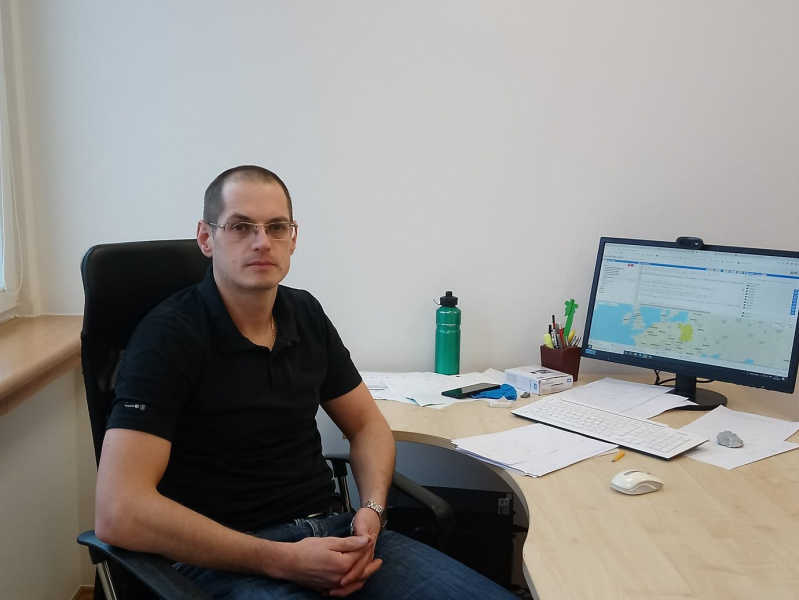Michael Nones was awarded of a LE STUDIUM Smart Loire Valley Programme Visiting Researcher award to spend 6-months December 2025-May 2026) in Tours (France), working with CITERES and GEHCO.
The Smart Loire Valley Programme aims to support high-quality research and international collaborative research projects, to build human capacity and scientific knowledge for research, development and innovation by attracting talented, highly qualified researchers worldwide and from all academic disciplines. It consists in a precious opportunity to access funding to develop fundamental research projects and to create or extend sustainable international collaborations. Independent external peer reviewers and an international independent Scientific Council assess and select the best candidates and innovative research projects in the framework of a fair and transparent process.
The LE STUDIUM VISITING RESEARCHER award is an opportunity for highly qualified researchers on leave from their home institution with salary maintenance or personal resources to integrate a laboratory in the Centre-Val de Loire region and the LE STUDIUM international scientific community for periods between 3 to 12 months. The award offers travel support, a fully furnished housing, full logistic and administrative support, specific training sessions, opportunity and funding for the organisation of an international conference or workshop and participation in the life and events of the institute.
The project, to be developed in collaboration with Prof Stephane Rodrigues and Dr Aurélien Lacoste, will focus on the entire Loire River basin and aims to:
- analyse Landsat and Sentinel images via Google Earth Engine to derive planform dynamics at multiple spatiotemporal scales;
- correlate those changes with the river hydrology, a proxy of climate change, and the river bed bathymetry;
- calibrate suspended sediment concentration vs water surface reflectance using monitored data and Landsat 5-9 and Sentinel-2 imagery;
- spatially and temporarily map sediment dynamics and bank evolution depending on the locations.
These steps will provide new insights into the spatiotemporal sediment dynamics and morphological planform evolution of the Loire River and its main tributaries.



